Ghangad Fort Trek: A Beginner-Friendly Adventure Atop a Majestic Mesa
Ghangad Fort, perched atop a trapezoid-shaped mesa, beckons history buffs and nature enthusiasts alike. This relatively easy trek, nestled in the Sahyadri mountains, offers stunning panoramic views, historical intrigue, and a refreshing escape from the urban jungle.
Planning Your Ghangad Fort Trek:
Difficulty Level: Easy to Moderate
Distance: Approximately 4 kilometers (round trip)
Ascent: Around 1000 feet
Duration: 3-4 hours (including time spent exploring the fort)
Ideal Season: October to February (post-monsoon) for pleasant weather. Avoid the monsoon season (June to September) due to slippery trails and potential landslides.
Things to Know Before You Go:
Getting There: Ghangad Fort is located around 35 kilometers from Lonavala and 100 kilometers from Pune. Here's a breakdown of your options:
- Private Vehicle: This offers the most flexibility. Drive towards Peth village (also called Borghar) at the base of the fort.
- Taxi: You can hire a taxi from Lonavala or Pune to reach the base village. Negotiate the fare beforehand.
- Public Transport: Buses ply regularly from Pune and Lonavala to smaller towns near the fort. From there, you might need to hire a local rickshaw or taxi to reach Peth village. Be prepared for potentially longer travel times and less frequent departures compared to private transport.
Entry Fee: no fees.
What to Wear and Carry:
- Clothing: Pack comfortable, breathable clothes suitable for the weather. Opt for long pants for protection against scrapes and insect bites. Consider layers if trekking during cooler months.
- Shoes: Wear sturdy hiking shoes with good grip for the rocky terrain. Avoid sandals or shoes with worn-out soles.
- Essentials: Pack a hat, sunscreen, sunglasses, a light backpack, and a water bottle (at least 2 liters) to stay hydrated.
- Optional: A light rain jacket or poncho (during monsoon), trekking poles (for additional support), a camera to capture memories, a small first-aid kit containing basic supplies (bandages, antiseptic wipes etc.), and a light snack (nuts, energy bars) to keep your energy levels up.
Food and Hydration: There are limited food options available near the trailhead. Pack enough snacks and water for the entire trek. While there's a natural water cistern on the way to the second gate, it's advisable to carry your own purified drinking water, especially during the dry season.
Safety First:
- Be mindful of your surroundings: Stay on the designated trail and avoid venturing off on unmarked paths. The fort has some unguarded edges, so exercise caution while exploring.
- Mind the weather: During the monsoons, be extra cautious due to slippery rocks and potential loose gravel.
- Trek responsibly: Don't litter on the trail or around the fort. Practice leave-no-trace principles to preserve the natural beauty of the place.
- Consider a guide: Especially for first-time trekkers, hiring a local guide can be beneficial. They can provide insights into the history of the fort, point out interesting features, and ensure your safety on the trail.
What to Expect on the Ghangad Fort Trek:
The trek to Ghangad Fort is a relatively straightforward path, with a moderate incline most of the way. Here's a breakdown of what you can expect:
- The Ascend: The initial part of the trail is a pleasant walk through dense forest, offering a refreshing escape from the heat. You might encounter a small temple dedicated to Garjai Devi along the way.
- The Rocky Patch: After the forest section, you'll encounter a slightly steeper and rockier section. This part might require using your hands for balance in some sections. However, a steel ladder has been installed recently, making it more accessible for people of all fitness levels.
- Reaching the Top: As you reach the top, the breathtaking panorama unfolds before you. You'll be rewarded with stunning views of the surrounding mountains, including Tail Baila, Korigad Fort, Mulshi Dam, and Sudhagad Fort.
- Exploring the Fort: Ghangad Fort boasts remnants of historical structures like cisterns, watchtowers, and ruins of buildings. Explore these remnants and try to imagine the fort's past glory.
- Consider an overnight stay: If you have more time and want to experience the serenity of the night at the fort, explore camping options near the base village. However, be sure to research and book campsites in advance, especially during peak season.
- Mobile Network Coverage: While mobile network coverage might be patchy on the trail, it generally improves once you reach the top of the fort.
- Restrooms: Limited restroom facilities are available near the base village. There are no restrooms on the actual fort premises, so plan accordingly.
- Beware of Monkeys: Monkeys are common around the fort, especially near the entrance. Be cautious with your belongings, especially food items, as monkeys might snatch them.
Ghangad Fort Trek: A Perfect Introduction to Trekking
Ghangad Fort Trek is an ideal option for first-time trekkers or those seeking a scenic and relatively easy hike. With its manageable distance, stunning views, and historical significance, this trek offers a rewarding experience for all. So, lace up your hiking boots, pack your essentials, and embark on an adventure to the majestic Ghangad Fort!
Beyond the Trek: Exploring the Surroundings
If you have extra time after conquering Ghangad Fort, consider exploring other nearby attractions:
- Tamhini Ghat: This scenic mountain pass offers breathtaking views and a chance to experience the beauty of the Sahyadri ranges.
- Mulshi Dam: Located near the base of Ghangad Fort, Mulshi Dam is a popular spot for picnics and boating.
- Korigad Fort: For experienced trekkers seeking a more challenging adventure, Korigad Fort, another historical marvel in the vicinity, offers a steeper trek and more historical exploration.
Remember: Responsible trekking is essential for preserving the natural beauty of Ghangad Fort and its surroundings. Respect the local culture, practice leave-no-trace principles, and minimize your impact on the environment.
By following these tips and planning your trip well, you can ensure a safe, enjoyable, and enriching experience on your Ghangad Fort trek!

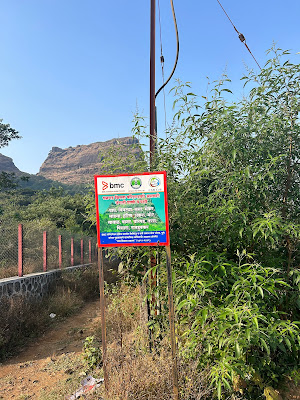
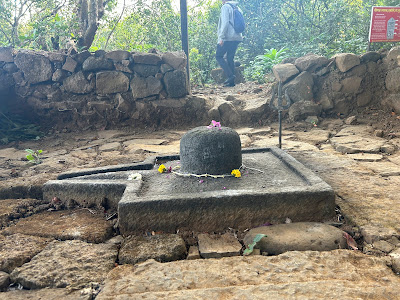
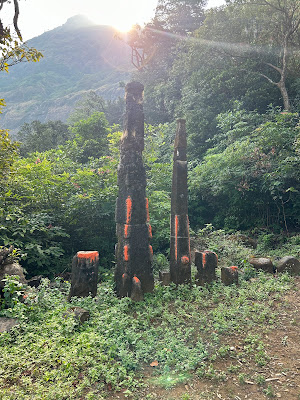
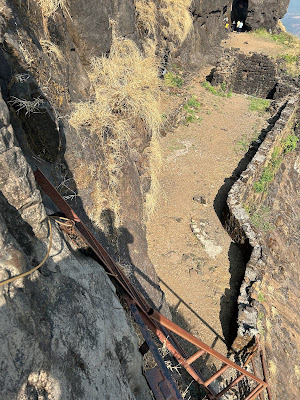
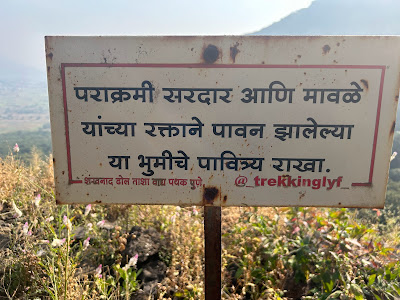
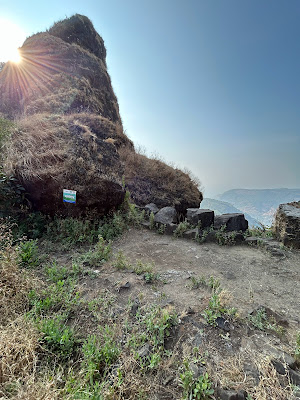




1 Comments
The Ghangad Fort trek looks like a great adventure for beginners — love how it combines nature, history, and scenic views! If you enjoy exploring India’s heritage spots, you might also love the Palace on Wheels luxury train journey. It offers a royal way to experience Rajasthan’s forts, palaces, and deserts — from Jaipur to Jaisalmer and Udaipur — all while traveling in world-class comfort. A perfect blend of culture and luxury!
ReplyDelete